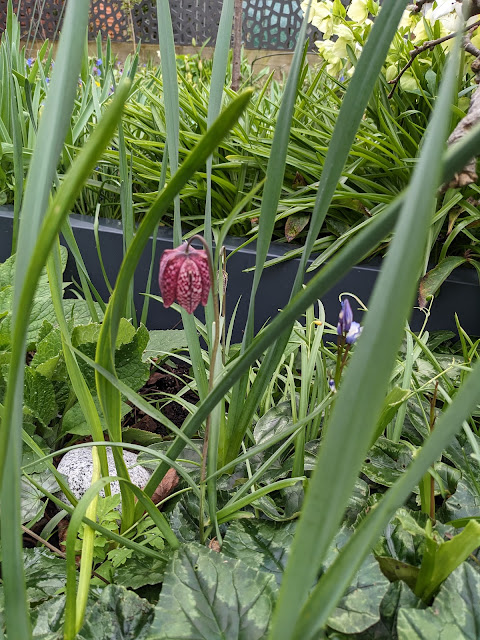Following on from Parts 1 and 2 ...
In order to make inroads into the clematis garden waste ...
 |
| Photo 1: Pre-Compost Storage Area |
 |
| Photo 3: Compost Maturation Bins for Hot Composted Products |
 |
| Photo 4: Empty and ready to go |
... and reassembled. I added a hot water bottle (2.5 litre), to give the new bin a boost, then filled it with a mixture of shredded clematis (Photo 1), fresh grass mowings, shredded paper, and a small amount of biochar (Photo 5).
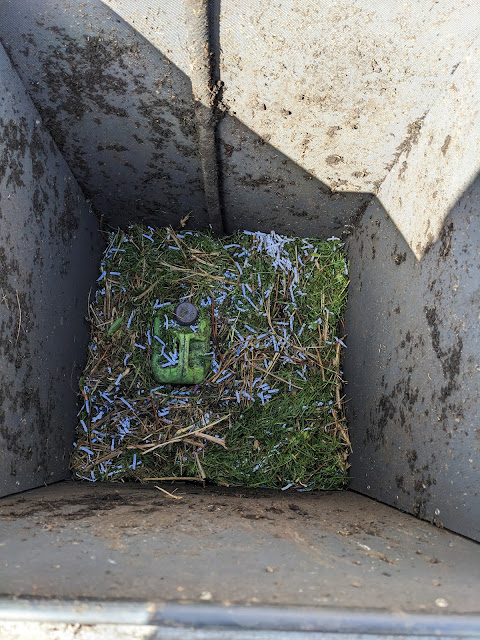 |
| Photo 5: Hot Water Bottle and Compostable Matter (1st batch) |
In total, about 80 litres of compostable matter was placed in the bin, and for good measure, I also added some urea dissolved in hot water to compensate for the dry shredded clematis and give a nitrogen boost to encourage rapid bacterial growth.
Normally, the bin contents would heat up to 60 ℃ within 48 hours but the temperature only ever reached 40 ℃, even after encouragement with additional hot water bottles. After 7 days, I decided to call it a day on this hot composting run, empty the bin and restart.
I made some small changes for the next attempt: bigger (5 litre) starter hot water bottle, urea solution spray to coat the compostable matter without overwetting, and packing the outside of the base unit with bark to reduce ingress of cold air at the bottom that may be cooling the heap (Photo 6).
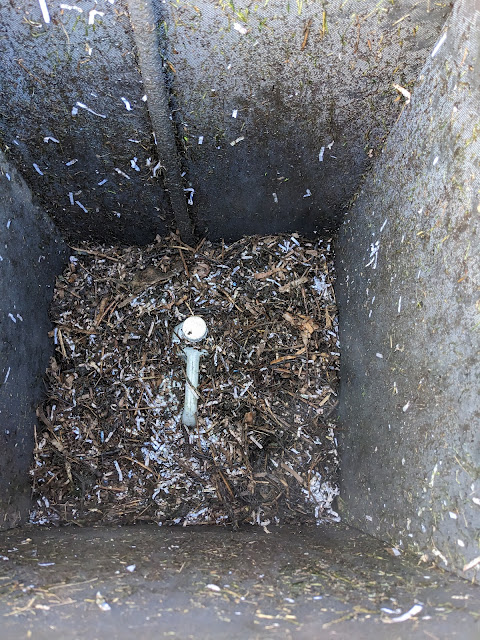 |
| Photo 6: 5L Hot Water Bottle and Partially-Filled Bin |
There was a slight improvement with the internal temperature momentarily reaching 50 ℃ before cooling down to 30 - 40 ℃. This run was stopped after 8 days and the part-composted contents transferred to my HotBin which was happily chugging along at 60 ℃.
It was now time to give my second Super Compost Bin a try. This run was started with hot (50 - 60 ℃) part-composted material from my HotBin. Surely this couldn't fail. Yes it could. The half-ful bin momentarily achieved 50 ℃ but cooled down overnight to 30 - 40 ℃.
Both Super Compost bins had worked fine in the Autumn of 2022 and nothing had changed as far as I knew. The hot composting process seemed to be starting but the high temperatures were not being maintained. It was time to get a bit more high tech.
... to be continued.














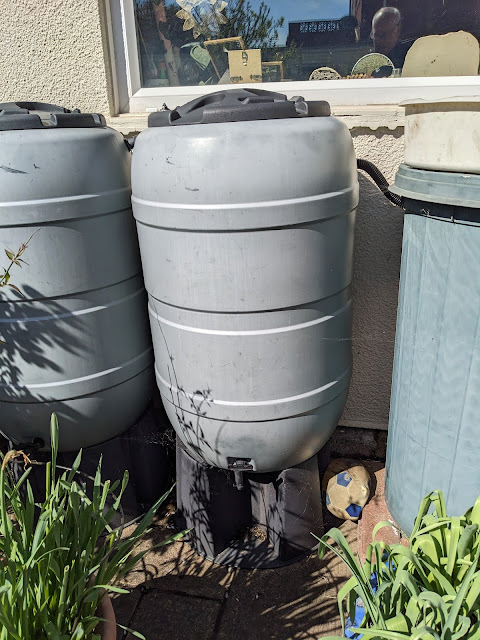


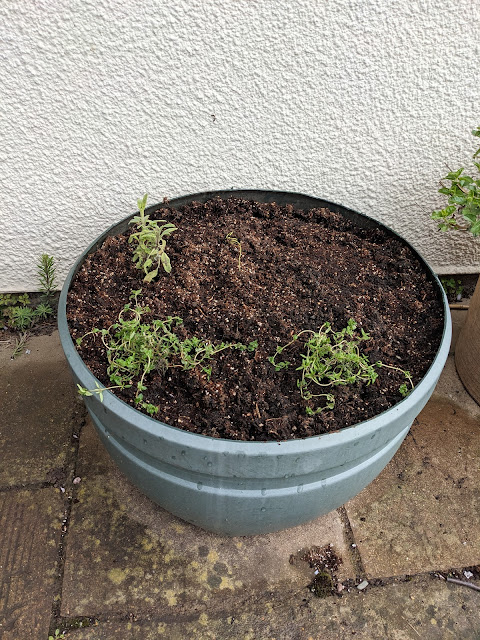







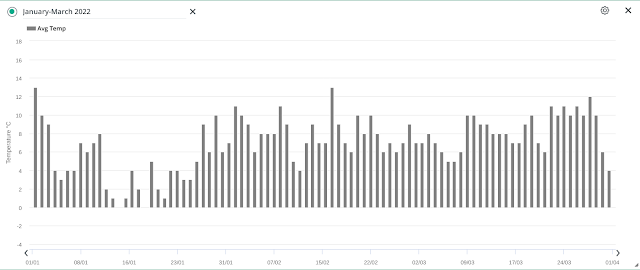








.JPG)
.JPG)
.JPG)



.png)















